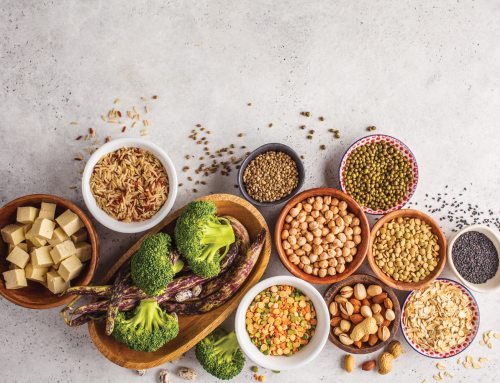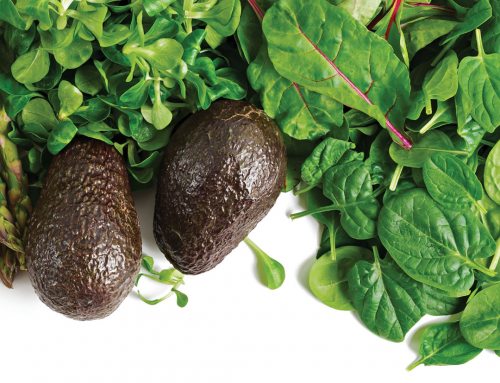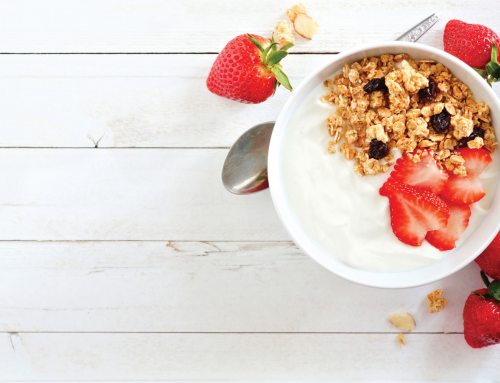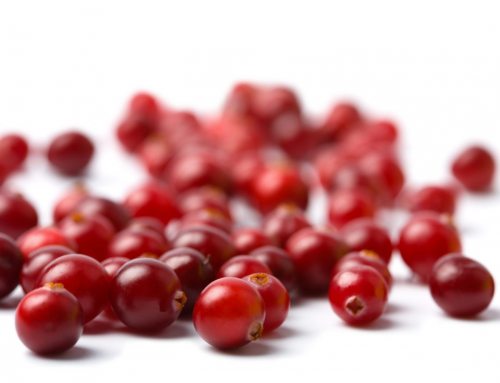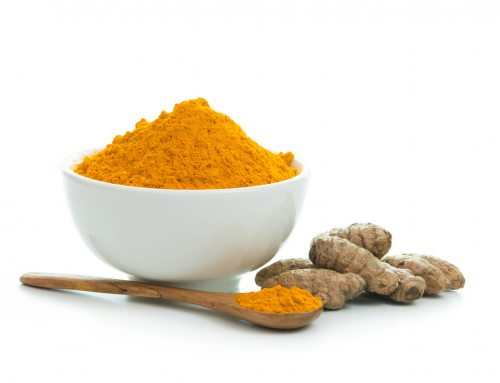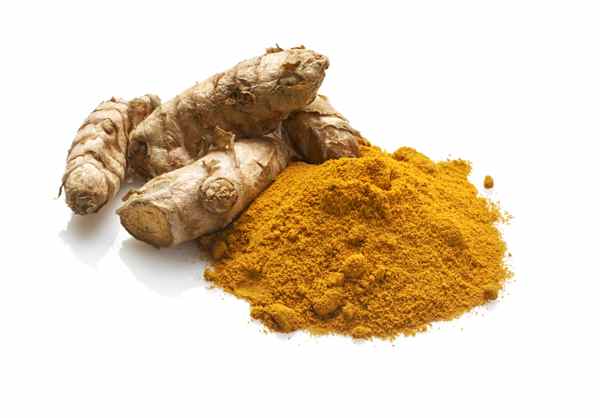
Turmeric was probably cultivated first as a dye, and then became valued as a condiment as well as for cosmetic purposes. It is often used in cooking as a substitute for the more costly saffron. In the 13th century Marco Polo wrote of this spice, marveling at a vegetable that exhibited qualities so similar to saffron.
The root and rootstock, or rhizome, of the turmeric plant contain the active ingredient curcumin (which is not related to the spice cumin).The rhizomes are boiled, dried and ground up to make a bright yellow spice. Turmeric is the most important ingredient in curry powder and it also gives mustard its bright yellow color. While some researchers believe turmeric may prevent and slow the growth of a number of types of cancer, particularly tumors of the esophagus, mouth, intestines, stomach, breast, and skin, it is promoted mainly as an anti-inflammatory herbal remedy. Turmeric is said to result in fewer side effects than commonly used pain relievers. Some practitioners prescribe turmeric to relieve inflammation caused by arthritis, muscle sprains, swelling, and pain caused by injuries or surgical incisions. Animal and laboratory studies have found curcumin to demonstrate some anticancer effects. However, additional research is needed to determine its role in cancer prevention and treatment in humans. Curcumin is also being studied to determine its usefulness in treating or preventing arthritis, Alzheimer’s disease, and stomach ulcers, and to see whether it can help lower “bad” cholesterol and improve the outcome of kidney transplants.


